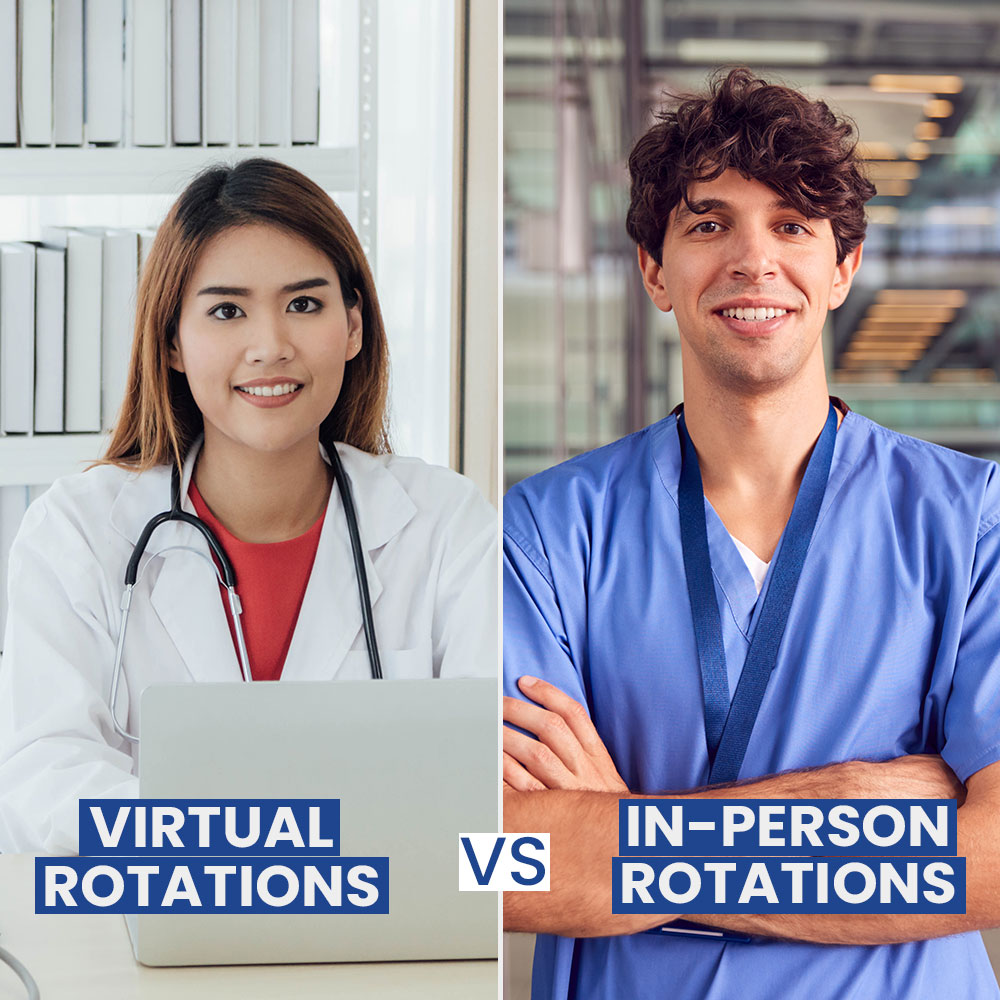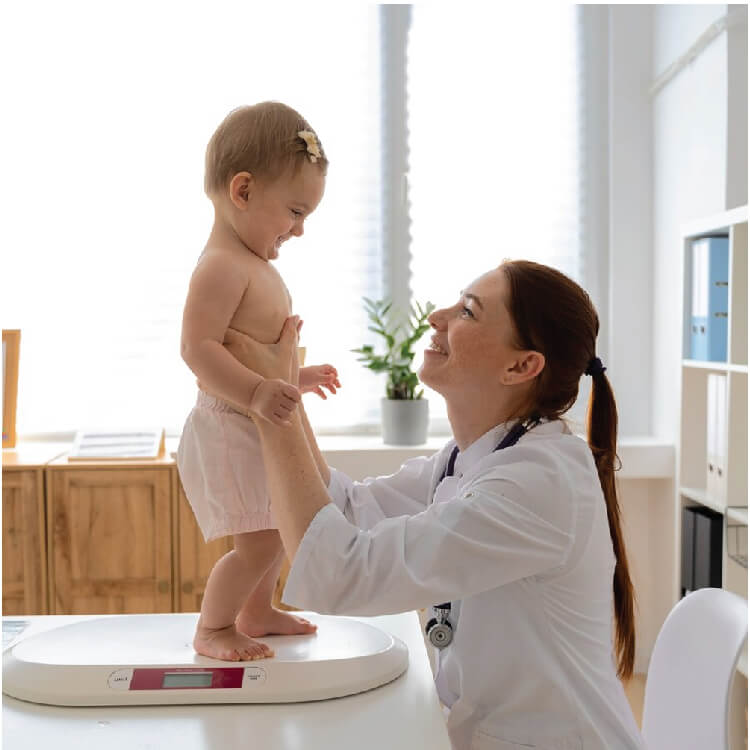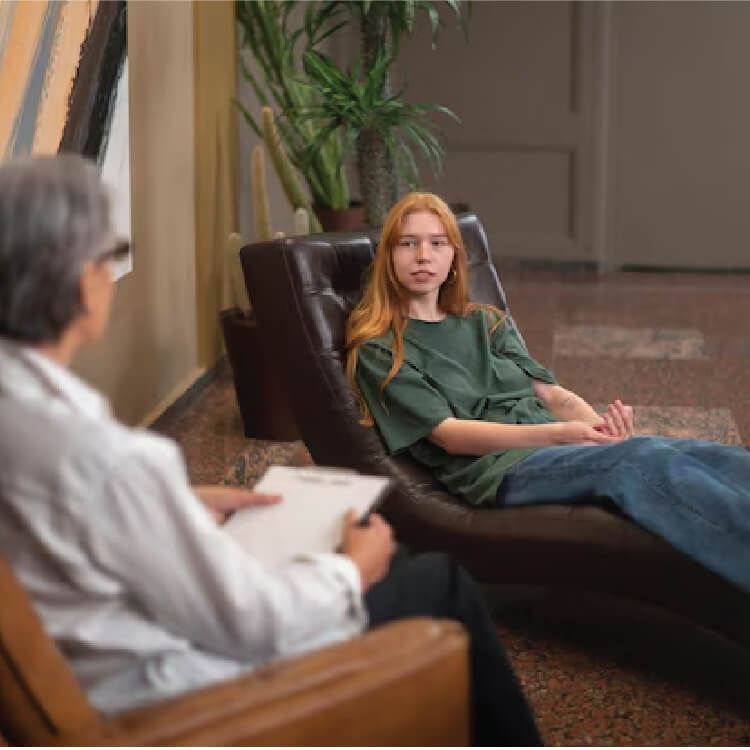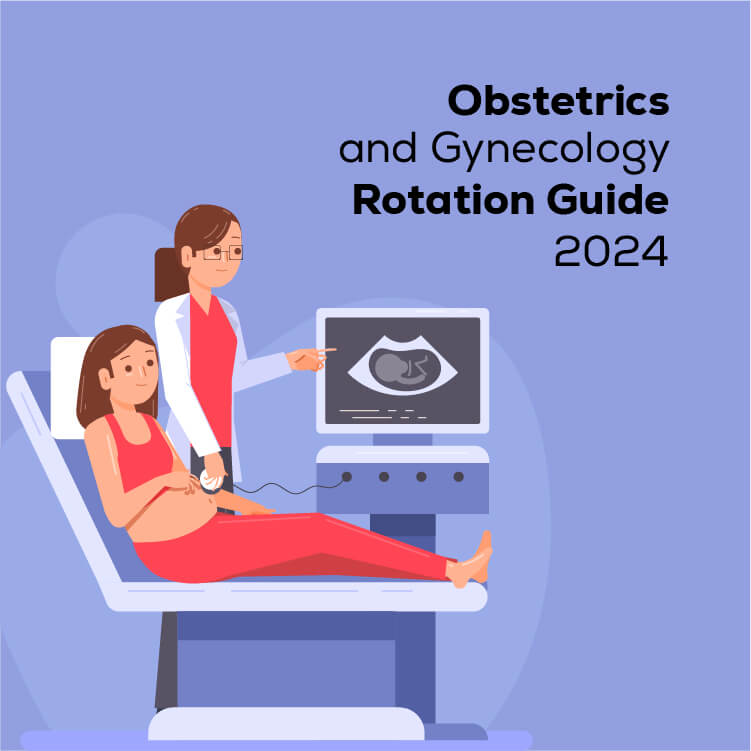
Working as a medical student or an IMG, you must be all too familiar with the importance of gaining clinical experience to strengthen your resume, cultivate your skills and knowledge as well as expand your expertise. When it comes to clinical rotations in the US, your options vary from observerships, clerkships, electives, and externships.
Understanding the USCE:
Before we explore life PC (Post Corona), let’s discuss the US Clinical Experiences available for medical students and IMGs:
Externships:
Externships are related to clinical experience not provided directly by the applicant’s medical school. These are also practical and can be done by medical and graduate students. In most cases, this is the only option available to IMGs that meet the practical clinical experience requirements of many training programs. Externships can be arranged directly with hospitals or services that provide this experience in a variety of clinical settings. Many applicants use rotation agencies to participate in the program.
Observerships:
Observership refers to clinical experience in which a candidate is not directly involved in patient care. This includes accompanying a qualified doctor to understand the obligations the doctor must carry out throughout the day. The reason observers limit direct patient interaction is that most candidates applying for such positions do not have a license to practice medical care in the United States. An LOR from the observer’s experience does not have the same weight as an LOR from external activity. An observership can be useful despite such restrictions. They help IMGs acclimate to a new and unfamiliar environment. They also provide candidates an opportunity to distinguish themselves and forge connections with colleagues and superiors that can result in opportunities down the line.
Clerkships:
Clerkships are full immersion learning experiences in practice-based facilities, where students will have one-on-one patient interactions and the application of clinical sciences. This real-world educational experience is what separates clinical sciences from basic sciences. Under supervision, students have their first experience of patient care during their rotations. They are responsible for obtaining information and determining the final treatment plan. The interaction and realities of patient care have the greatest impact on the transformation of the student.
On the most basic level, clinical clerkships are divided up into “core” rotations and elective rotations. The core rotations required at most US medical schools include family medicine and internal medicine (both medical and clinical sciences); gynecology/obstetrics and pediatrics (both general clinical sciences); and surgery (clinical surgery sciences). Students begin their core rotations during their 3rd year, as they complete the core rotations, they are expected to “find what they love” and tailor their elective rotations to their future career during their 4th year.
The Impact of COVID:
Since 2020 threw us a large curveball and the rise of Covid hit the healthcare system hard, the entire world came to a grinding halt and as the intensity of the pandemic grew exponentially, our adaptability urged us to find a solution. With the rise of the pandemic, something positive came; we refused to let our learning and creativity stop. This was one of our driving forces to go fully digital!
The Rise Of Virtual Learning:
With the pandemic in full swing and social distancing at an all-time high, you can imagine the dilemma attached to providing clinical experience for med students and IMGs. When there should be no limit to your learning, how could we provide the best possible route to equipping the next generation of doctors with the skills and experience they needed?
All hail the rise of e-learning! Despite the doubts and overall negative sentiment attached to virtual learning, where we mostly think of a droning lecture with very little student involvement and engagement, when it comes to taking clinical experience virtually, nothing could be farther from the truth!
So What Are Virtual Rotations?
The American Medical Association defines telehealth, often known as telemedicine, as a digital health solution that connects a patient and a doctor via real-time audio and video technologies. Telehealth is made up of two parts:
- Real-Time Availability
- Constant Accessibility
With virtual medicine’s rapid expansion, education providers are rushing to ensure that the next generation of medical professionals has the tools they need to provide telehealth services. Virtual rotations provide students and medical graduates supervised exposure to the core principles in their chosen field with further development of clinical reasoning and possibly patient management. Students virtually evaluate patient cases with a variety of common chronic and acute complaints and discuss clinical management with the physician. Opportunities for discussion of clinical cases, further exploration of clinical foundations and interaction with fellow students provide rich opportunities for expansion of practical clinical knowledge that can be applied readily in the field.
Read more about virtual rotations here!
How Are They Different From In-Person Rotations?
Virtual rotations offer similar benefits and exposure as in-person rotations with some added perks! While students will have the opportunity to learn from their assigned physician, they have the freedom of doing so remotely. The added hassle of travel, not to mention the potentially higher cost, would be inapplicable.
There’s no denying that the shift to digital is here to stay so virtual rotations have the added benefit of honing skills in virtual patient care which helps prepare students for the turn towards telehealth services. Here are just some of the benefits of virtual rotations:
- Experience physician supervision throughout your rotation
- Have your questions answered in real-time as you interact with your preceptor.
- Explore your specialty through case studies, research, and lectures.
- Do so remotely, from the comfort of your home
What to Expect From Your Virtual Rotation:
- Credited LORs:
While all letters of reference are vital in any residency application in the United States, past trainees have rated their virtual LORs as more valuable than letters from in-person U.S. clinical rotations. This is because virtual LORs demonstrate your capacity to adapt to evolving technology as well as your resolve to persevere through difficult circumstances.
- Flexible Scheduling
Since you’ll be participating remotely, your hours are your own! Apart from the preceptor’s schedule for real-time interactions, you can plan your study hours yourself.
- Hands-on Learning:
Interactions with a precepting physician and other medical students have shown to be beneficial to learning new concepts and techniques for patient diagnosis, assessment, and planning. Virtual rotations provide just that opportunity!
- Manageable Cost:
Once you cancel out costs for travel, visa, and stay, your virtual rotation provides an extremely manageable cost. Save time and money, go virtual!
U.S. Virtual Clinical Experience Made Easy with USDoctors.co
Are you interested in participating in a clinical experience but are too preoccupied with medical school, family obligations, or your medical career? There’s a way out! Flexible Virtual Rotations from USDoctors.co allow you to participate in our tele-clerkships from the comfort of your own home, on your own time, and at your own speed. Participants will live-stream with their Preceptor through a USDoctors virtual clinical experience, getting educational insights while learning about medical details and common clinical scenarios during lecture-based meetings.
Your hours are centered on your schedule as most preceptors offer a recording of lectures for additional views, allowing you the freedom to build the experience that works best for you. From the convenience of your own home, you can learn more about medicine! You can skip the arduous procedure of obtaining a visa by doing so. So sign up now and find your next virtual rotation!



